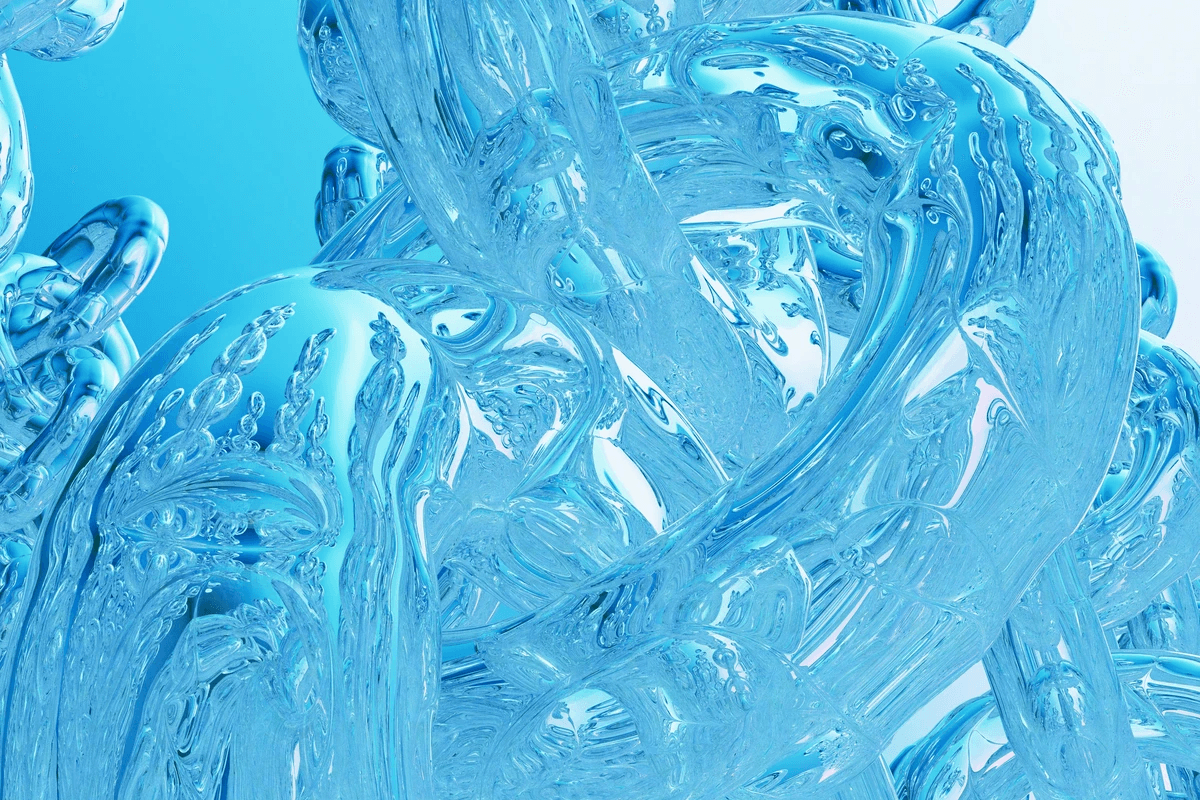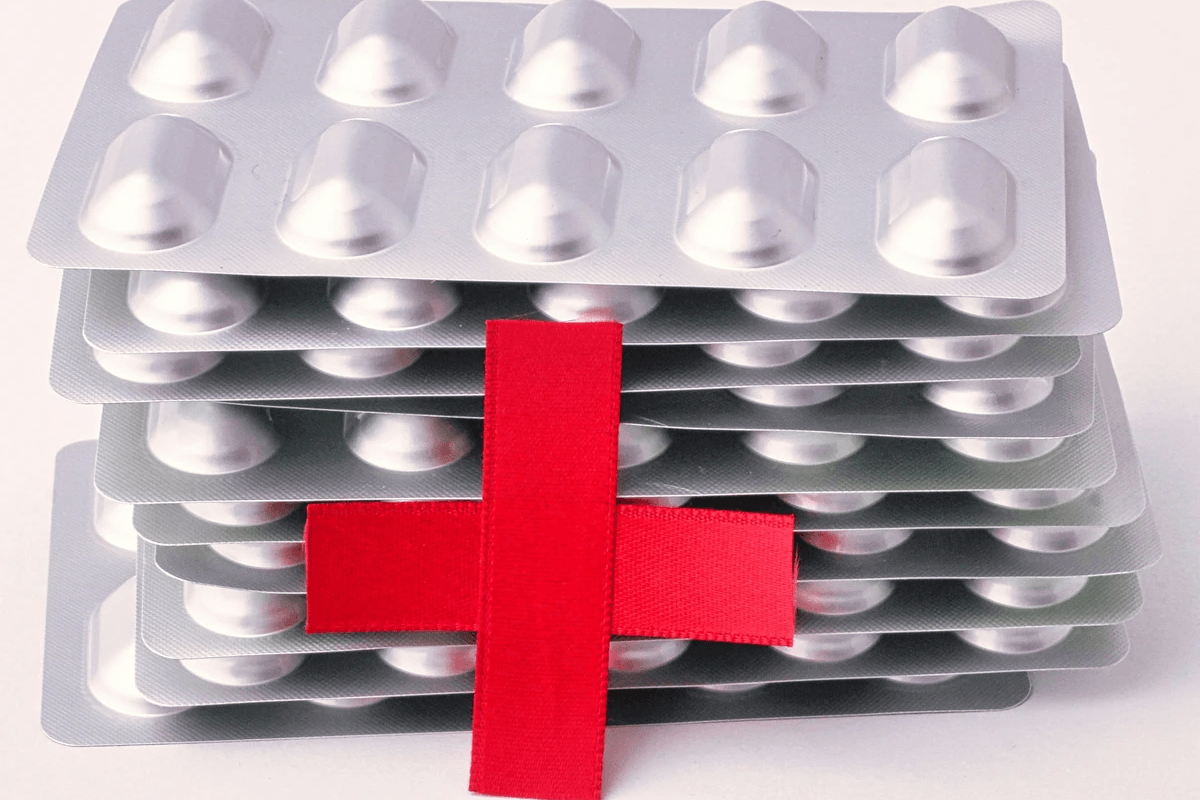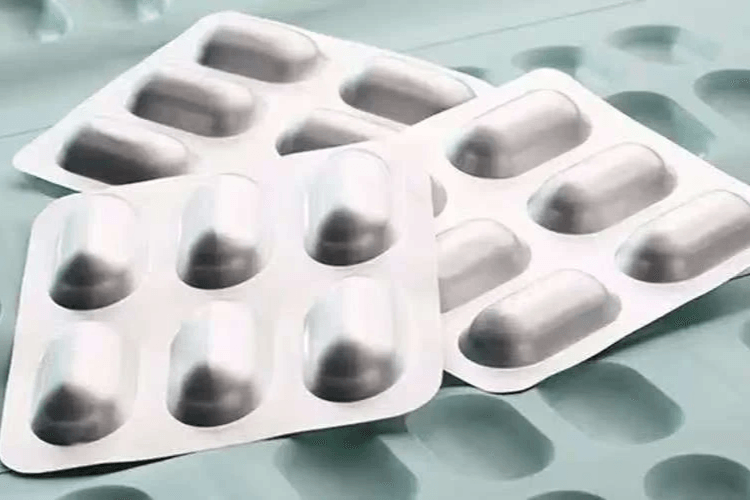Introduction

In the world of manufacturing and design, the adhesive lamination process stands out as a key technique for enhancing materials. This method involves bonding layers together using specialized adhesives, creating products that boast durability and aesthetic appeal. Whether it’s for packaging, construction, or consumer goods, understanding what is lamination adhesive and how it works is essential for anyone involved in these industries.
The Basics of Adhesive Lamination
At its core, adhesive lamination is a process where two or more materials are bonded together using an adhesive layer. This technique allows for the combination of different materials to achieve desired properties such as strength, flexibility, and moisture resistance. Knowing what is the process of lamination can help manufacturers tailor their products to meet specific performance criteria while also optimizing production efficiency.
Benefits of Using Adhesive Laminates
One major advantage of using adhesive laminates is their ability to enhance product performance without significantly increasing weight or bulk. These laminates provide superior protection against environmental factors like moisture and UV light while also improving aesthetics with vibrant finishes. With applications ranging from food packaging to automotive components, it's clear that understanding what is the difference between adhesive lamination and extrusion lamination can further inform businesses about which method best suits their needs.
Key Applications in Industry
The versatility of the adhesive lamination process makes it applicable across various sectors including flexible packaging, textiles, and electronics. In flexible packaging alone, lamination adhesives play a critical role in ensuring product safety and shelf life while maintaining visual appeal. By exploring what is the process of adhesive coating alongside these applications, manufacturers can leverage innovative technologies to stay ahead in competitive markets.
What is the Adhesive Lamination Process?

The adhesive lamination process is a fascinating technique that involves bonding multiple layers of materials using adhesives. This method enhances the properties of the substrate, resulting in improved durability, flexibility, and resistance to environmental factors. Understanding how this process works can empower industries to make better choices for their products.
Overview of Adhesive Lamination
Adhesive lamination refers to the application of adhesives to bond different substrates together, creating a composite material with enhanced characteristics. This technique is widely used in various industries, including packaging, automotive, and construction. The adhesive lamination process not only provides structural integrity but also contributes to aesthetic appeal through customizable finishes.
Steps Involved in the Process
The adhesive lamination process typically involves several key steps that ensure a strong and durable bond between layers. First, surface preparation is crucial; it helps remove contaminants and promotes adhesion by increasing surface area. Next comes the application of the adhesive, followed by aligning and pressing the substrates together under controlled conditions to cure the bond effectively.
Understanding Lamination Adhesives
What is lamination adhesive? It's a type of glue specifically formulated for bonding layers during the lamination process. These adhesives come in various types—water-based, solvent-based, and hot melts—each tailored for specific applications like flexible packaging or industrial uses. Selecting the right adhesive plays a vital role in determining how well your project will hold up under stress or environmental changes.
What is Lamination Adhesive?

Lamination adhesives play a crucial role in the adhesive lamination process, acting as the bonding agent that brings together different materials. These adhesives are specifically designed to create strong, durable bonds between layers of substrates, providing enhanced performance and functionality. Understanding what lamination adhesive is and how it works can significantly improve your project outcomes.
Types of Lamination Adhesives
There are several types of lamination adhesives used in various applications, each with unique properties catering to specific needs. Common types include solvent-based adhesives, water-based adhesives, hot melt adhesives, and reactive adhesives. Each type has its own advantages; for instance, water-based adhesives are often favored for their environmental benefits and ease of use in the adhesive lamination process.
Characteristics of Effective Adhesives
Effective lamination adhesives share certain characteristics that make them suitable for bonding materials together efficiently. A good adhesive should have a strong initial tack to ensure quick bonding upon application while also maintaining long-term durability under various conditions. Additionally, resistance to heat, moisture, and chemicals is essential for applications like flexible packaging where exposure to different environments is common.
Choosing the Right Adhesive for Your Project
When selecting an adhesive for your project, consider factors such as substrate compatibility and intended end-use conditions. Understanding what is the process of lamination can guide you in choosing an adhesive that meets specific performance criteria while aligning with your production capabilities. Furthermore, evaluating the differences between adhesive lamination and extrusion lamination can help determine which method best suits your project's needs.
What is the Process of Lamination?

The adhesive lamination process is a fascinating blend of science and art, transforming raw materials into durable, multi-layered products. It involves applying a layer of adhesive to bond different substrates together, enhancing their functionality and aesthetic appeal. Understanding what is the process of lamination can help businesses choose the right methods for their specific needs.
Step-by-Step Breakdown
To truly grasp what is the process of lamination, it’s essential to follow its systematic approach. First, substrates—such as paper, plastic films, or metal foils—are carefully selected based on the desired end product. Next, these materials undergo surface preparation to ensure optimal adhesion before moving on to the application of lamination adhesives.
Once prepared, adhesive is applied through various techniques like roll coating or spray application during the adhesive lamination process. The layers are then brought together under controlled pressure and temperature conditions to form a strong bond. Finally, any excess material may be trimmed away, resulting in a finished product that boasts enhanced durability and performance.
Importance of Surface Preparation
Surface preparation plays a critical role in achieving successful adhesion during what is the process of lamination. Properly preparing surfaces minimizes contaminants like dust or oils that could compromise bond strength. This step not only promotes better adhesion but also extends the lifespan of laminated products by ensuring that they withstand wear and tear effectively.
Moreover, different substrates require tailored surface treatments; for example, plastics may need corona treatment while papers might just need cleaning. Without adequate surface preparation, even high-quality lamination adhesives may fail to deliver optimal results or could lead to delamination over time. Thus, investing time in this stage pays off significantly in terms of product quality.
Role of Adhesive in Bonding
Adhesives are at the heart of what makes the adhesive lamination process work so effectively; they are responsible for creating strong bonds between layers. Understanding what is lamination adhesive means recognizing its properties—like viscosity and curing time—that can significantly influence bonding performance in various applications including flexible packaging solutions.
The choice of adhesive directly impacts not only bond strength but also factors such as moisture resistance and thermal stability—key considerations when determining what is the difference between adhesive lamination and extrusion lamination processes. Furthermore, advancements in adhesive technology continue to enhance their effectiveness across diverse industries by improving sustainability through innovations like water-based solutions.
What is the Difference Between Adhesive Lamination and Extrusion Lamination?

When it comes to lamination techniques, understanding the difference between adhesive lamination and extrusion lamination is crucial for making informed decisions in manufacturing. Both methods serve the purpose of bonding materials together, but they employ different processes and materials to achieve their results. In this section, we will explore these differences in detail, focusing on definitions, pros and cons, and their respective applications.
Definitions and Key Differences
Adhesive lamination involves using a bonding agent to adhere layers of material together through the adhesive lamination process. This method allows for a variety of substrates to be laminated with different adhesives tailored to specific needs. On the other hand, extrusion lamination utilizes melted polymer that is extruded onto a substrate, creating a bond as it cools down—essentially fusing materials without any additional adhesives.
The primary difference lies in how each technique achieves bonding: adhesive lamination relies on chemical adhesives while extrusion lamination uses heat and pressure to meld materials together. Furthermore, the adhesive used in adhesive lamination can vary widely—ranging from water-based solutions to solvent-based formulations—while extrusion typically employs thermoplastics that solidify upon cooling. Understanding these distinctions helps manufacturers choose the most suitable method based on their project requirements.
Pros and Cons of Each Method
Each laminating technique has its own set of advantages and disadvantages that impact its suitability for various applications. One major advantage of adhesive lamination is its versatility; it can bond dissimilar materials effectively while allowing for adjustments in adhesion strength by selecting appropriate adhesives. However, this process can be time-consuming due to drying times associated with certain adhesives.
Extrusion lamination offers rapid processing speeds since it eliminates drying times by using melted polymers that set quickly once cooled down. This method also tends to provide stronger bonds due to the molecular interaction between substrates during cooling; however, it may not be as effective when dealing with dissimilar materials or specialized applications where specific adhesion properties are required. Thus, weighing these pros and cons enables better decision-making regarding which method aligns best with project goals.
Applications Best Suited for Each Technique
The choice between adhesive lamination and extrusion lamination often boils down to specific application requirements within industries such as packaging or construction. Adhesive laminates are ideal for projects needing flexibility in material combinations—think flexible packaging where diverse substrates like paper or plastic films require bonding through effective laminating adhesives for flexible packaging solutions.
Conversely, extrusion lamination shines in situations demanding high-speed production with robust durability; it's commonly used in manufacturing items like multi-layer films or insulation products where strong bonds are essential under varying conditions. By understanding what is the process of laminate involved in both techniques, businesses can optimize their production processes according to their unique needs.
What is the Process of Adhesive Coating?

Adhesive coating is a crucial aspect of the adhesive lamination process, where adhesives are applied to substrates to form a bond. This process can greatly enhance the properties of materials, making them suitable for various applications, particularly in flexible packaging. Understanding what is the process of adhesive coating helps manufacturers select the right techniques and equipment for optimal results.
Techniques in Adhesive Coating
There are several techniques employed in adhesive coating that cater to different requirements and materials. Common methods include roll coating, spray coating, and slot die coating, each offering unique advantages depending on the substrate and desired thickness of the adhesive layer. When considering what is lamination adhesive?, it’s essential to choose a technique that aligns with your project goals while ensuring uniform application and effective bonding.
In addition to these techniques, advancements in technology have introduced innovative options such as digital printing combined with adhesive application. This allows for customized designs while maintaining high-quality adhesion properties—an exciting development for flexible packaging solutions. Ultimately, selecting an appropriate technique will significantly impact both performance and cost-effectiveness.
Equipment Used in Coating Processes
The equipment used in adhesive coating varies based on the chosen technique but generally includes applicators, drying systems, and curing units. Roll coaters are popular for their efficiency in applying consistent layers of adhesives across large surfaces during the adhesive lamination process. Additionally, curing ovens or UV lamps may be employed depending on whether heat or ultraviolet light is required to set the adhesive effectively.
Understanding what is the difference between adhesive lamination and extrusion lamination? helps clarify how equipment choices differ too; extrusion typically requires different machinery compared to traditional adhesive methods due to its continuous processing nature. Therefore, investing in suitable equipment tailored to your specific needs can lead to enhanced productivity and quality outcomes.
Applications in Flexible Packaging
Lamination adhesives play a vital role in flexible packaging applications by providing durability and barrier properties essential for food safety and product longevity. Products like snack bags or pouches often utilize this technology because it protects contents from moisture, oxygen, and other external factors that could compromise quality over time. As consumer demand grows for sustainable packaging solutions, innovations within lamination adhesives for flexible packaging continue evolving.
Moreover, understanding what is the process of lamination? allows manufacturers to make informed decisions about which types of adhesives best suit their products’ requirements while adhering to industry standards. With ongoing advancements such as Chemix's water-based resin solution making waves in this sector, businesses can stay ahead by adopting eco-friendly practices without sacrificing performance.
Lamination Adhesives for Flexible Packaging

When it comes to flexible packaging, the adhesive lamination process plays a crucial role in ensuring product integrity and shelf life. The right lamination adhesives create strong bonds that keep materials securely together, preventing leaks and contamination. This is especially important in industries like food and pharmaceuticals, where safety is paramount.
Importance in Packaging Solutions
Lamination adhesives for flexible packaging are essential because they enhance the durability and functionality of packaging materials. A well-executed adhesive lamination process ensures that products can withstand various environmental factors, including moisture and temperature changes. Moreover, these adhesives contribute to the overall aesthetic appeal of packaging, making it more attractive to consumers while providing necessary protection.
Innovations in Adhesive Technology
Innovations in adhesive technology have transformed what is known about lamination adhesives for flexible packaging. New formulations are being developed that improve adhesion strength while reducing environmental impact—think eco-friendly options that don’t compromise quality! Additionally, advancements in the adhesive coating process allow manufacturers to apply these innovative solutions more efficiently, leading to faster production times and reduced waste.
Chemix's Water-Based Resin Solution
Chemix has stepped into the spotlight with its water-based resin solution designed specifically for flexible packaging applications. This option not only meets performance standards but also aligns with sustainability goals by minimizing harmful VOC emissions associated with traditional solvent-based adhesives. By utilizing this advanced product within the adhesive lamination process, companies can achieve superior bonding while contributing positively to environmental efforts.
Conclusion

In wrapping up our exploration of the adhesive lamination process, it’s clear that this method offers a myriad of benefits for various industries. From enhancing product durability to improving aesthetics, adhesive lamination stands out as a versatile solution for many applications. Understanding these advantages allows businesses to leverage adhesive laminates effectively, ensuring they meet both functional and design requirements.
Understanding Adhesive Lamination Benefits
The adhesive lamination process not only provides superior bonding but also contributes significantly to the overall performance of products. By utilizing high-quality lamination adhesives, manufacturers can achieve enhanced barrier properties and resistance against moisture and chemicals. This makes adhesive lamination particularly beneficial in sectors like packaging, where product integrity is paramount.
Making Informed Choices for Adhesives
Choosing the right adhesive is crucial when considering what is lamination adhesive? The selection process should factor in compatibility with materials, desired strength, and environmental considerations such as sustainability. With a variety of options available, understanding what is the process of lamination helps in making informed choices that align with specific project needs.
Future of Adhesive Lamination Technology
Looking ahead, innovations in the field suggest a bright future for the adhesive lamination process. Advancements in technology will likely lead to more efficient methods and even better-performing adhesives tailored for flexible packaging and other applications. As we explore what is the difference between adhesive lamination and extrusion lamination?, it becomes evident that both techniques will continue to evolve, offering new solutions to meet industry demands.
